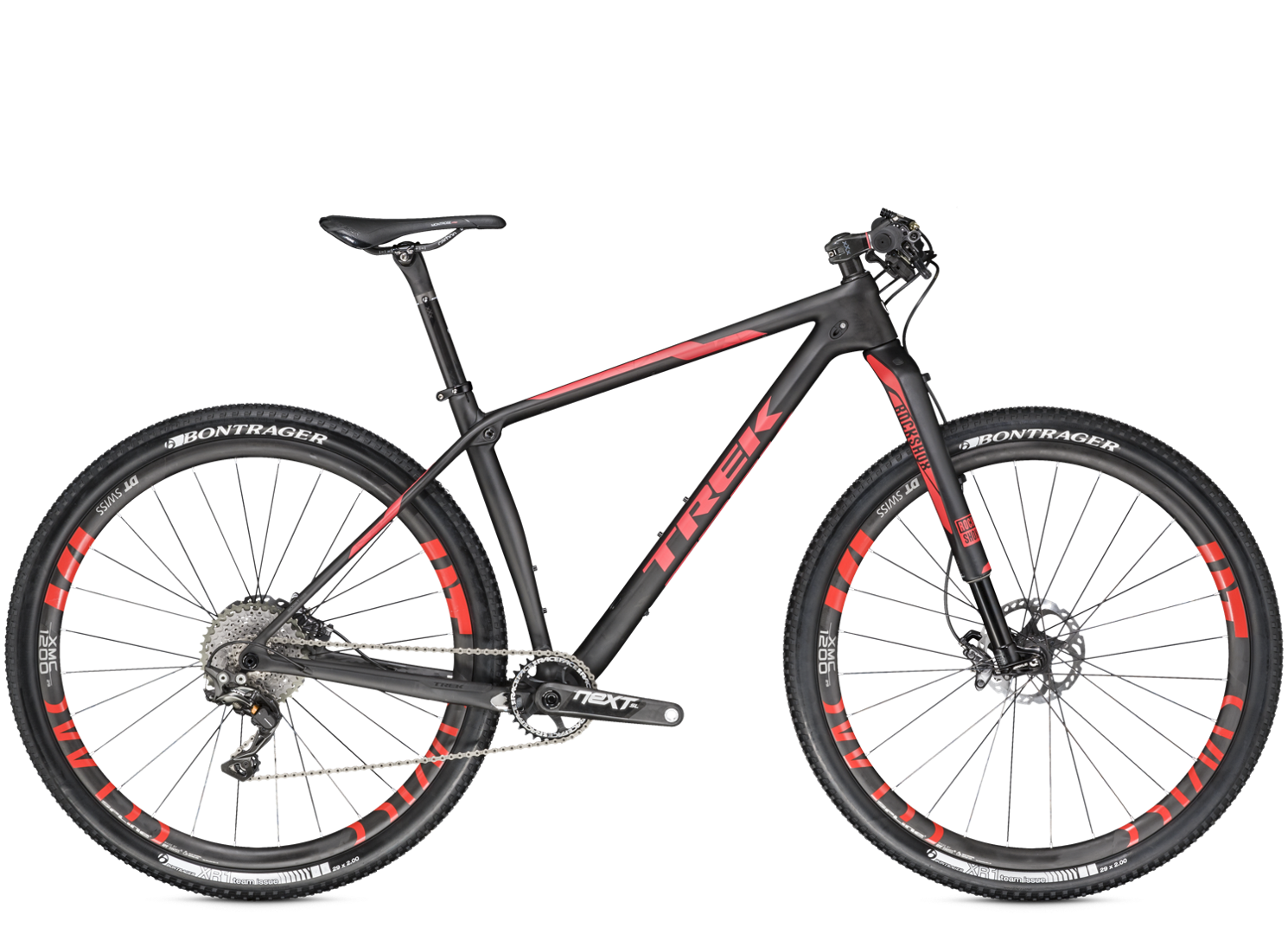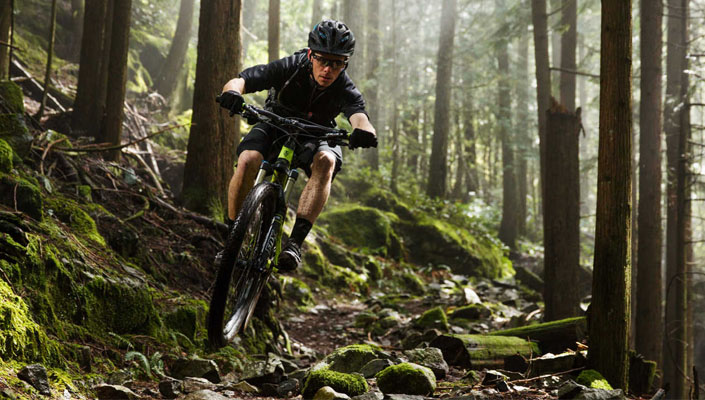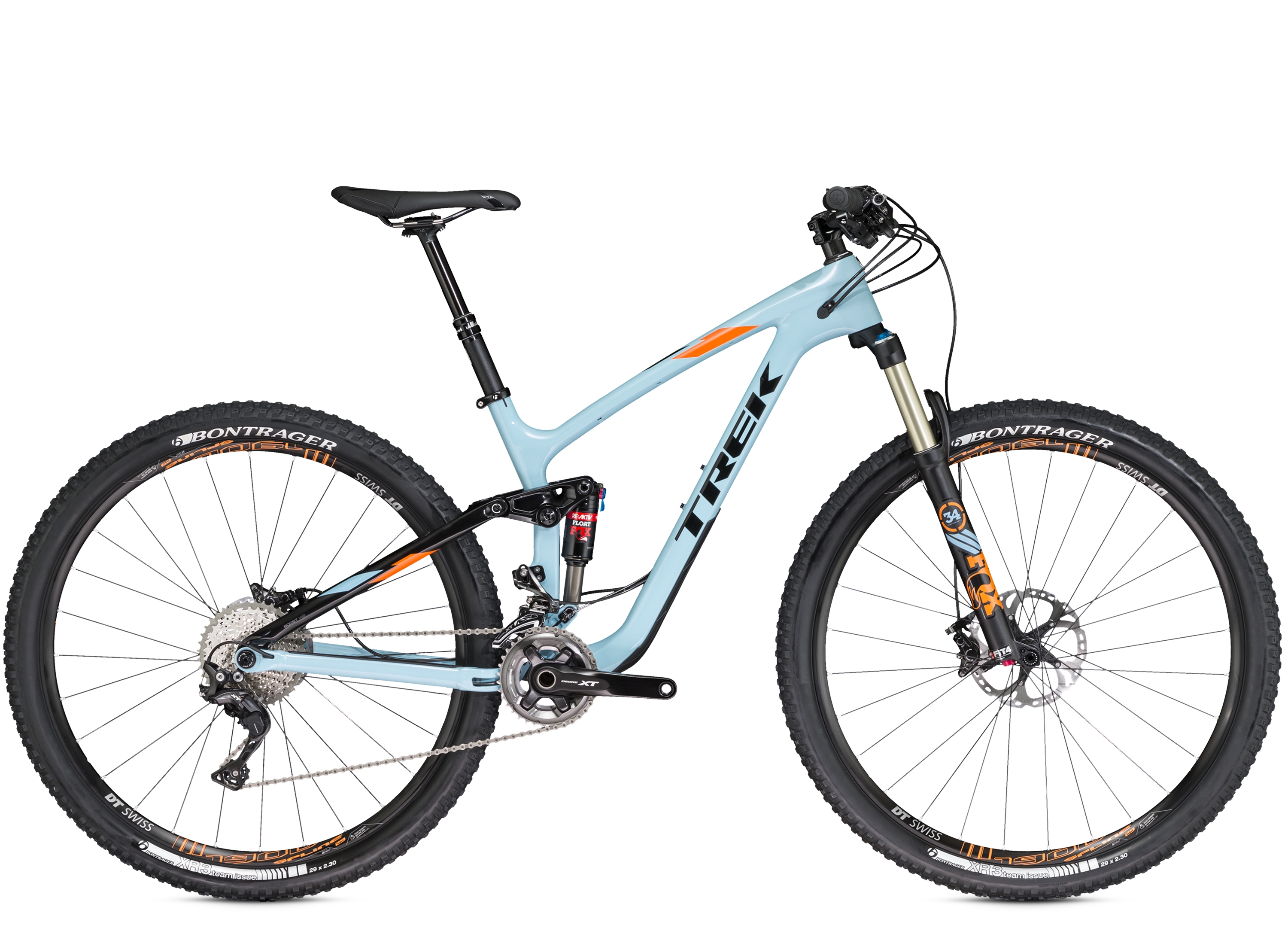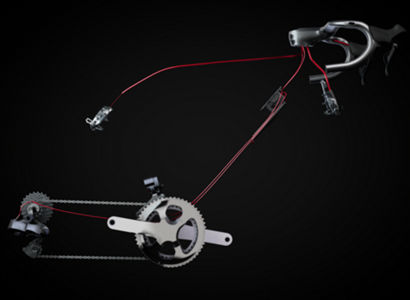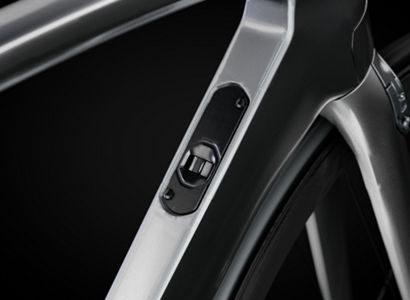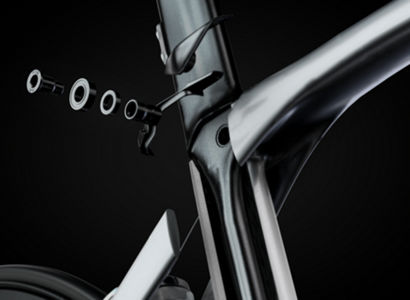 Five High End Builds, Two Framesets, and Project One Configurations
Five High End Builds, Two Framesets, and Project One Configurations
Article and Pictures from Peloton Magazine
Peloton Magazine released their first of reviews of the 2016 Trek Madone. Trek says it's the fastest bike in the WORLD, and with new IsoSpeed Technology applied to the frame it is as comfortable as it is fast.
We heard about the inclusion of Trek’s ISO Speed decoupler in the seat cluster and the unique tube-in-tube design of the seat post. We saw the integration, a front end with every cable routed internally and the engineering it took to do it right, the Madone specific brakes and the doors that shield them yet swing out of the way during tight turns. And then of course there are the aero shapes and the OCLV construction. Trek claims the bike is the fastest in the world and in 56cm can be built right at the UCI minimum weight. Trek has not tested it against the 2016 Venge yet but are confident it will prevail. Based on the numbers we have seen from both companies our educated guess is the Venge will create slightly less drag. But the new Madone is still undeniably fast, shaving 22 watts of effort at 40kph versus the 2014 Madone.
But all of this will just be written off as hype if the bike doesn’t ride, doesn’t live up to Trek’s billing as the ultimate race bike. A race bike with a huge aero advantage that doesn’t sacrifice an ounce of performance elsewhere – weight , comfort, power transfer, handling – to make it happen. So, over 60 spirited miles around Utrecht, we did our best to find out how close to the target of ultimate race bike, Trek got.
Of course, these are simply first impressions, good or bad it’s just a glimpse of what might be to come. Let’s start with the rear of the bike and the new ISO Speed. Here it appears Trek has hit the proverbial home run. By and large the perception of aero bikes being so harsh is no longer correct. Manufacturers have gotten much better at taming harsh tube shapes, but no aero bike is as smooth and comfortable (yes, comfortable) as the new Madone. Even most pure road bikes aren’t as smooth and compliant at the rear as the Madone.
ISO Speed, thought to be a great solution for cobbles and ‘cross, turns out to be even more potent when applied to an aero bike. The caveat to this is the bike’s front end. Much like the original Domane, the fork cannot match the rear’s astonishingly smooth feel. The new fork is not harsh by any stretch, but has a more traditional ride feel than the rear, stiffer than a Domane to be sure. For all its comfort we doubt this bike would ever be used at Roubaix.
Under power, as much as we managed to put down over unfamiliar roads and in an unfamiliar group, the Madone feels very lively. The rear is precise and direct under effort making the legs feel sharp and fresh. Combined with ISO Speed the power can be laid down over the nastiest of roads, something no other aero bike can claim. And when it comes to stopping, the new Bontrager brakes seem to live up to the Dura-Ace 9000 brakes that were their benchmark.
One of the eternal truths of the bike launch is the rides are stop and go, uneven affairs. The peloton has a wide range of abilities and stops are frequent to adjust a saddle or bars. Typically, these stops are made as quickly as possible because the group continues down the road and you are forced to chase back on. It was here that we discovered what was truly special about the bike. The new Madone is designed to assassinate gaps with extreme malice. Nestle into the drops, or drape your arms over the new integrated bar-stem combo, lay down some watts, and the bike launches you to gap closing speed ferociously. Wind up the pace to 30mph and wait for the burn to start in the legs and you’ll find the Madone holds off that moment when you crack for a few hundred meters, which means you will cross more gaps more quickly, or better yet create bigger ones if you are on the attack.
The new Madone has a signature technology – ISO Speed – that improves ride quality in a real and tangible way and surprisingly, at least to us, ISO Speed seems more at home in an aero world than anywhere else. When going this fast is this comfortable, why should a rider ever get beaten up by his bike?
Peloton's first ride was on a 60cm 2016 Madone Race Shop Limited H1.
2016 Madone 9 Series H1
2016 Madone 9 Series H2
2016 Madone 9.2 H2 – Shimano Ultegra 6800
2016 Madone 9.5 H2 – Shimano Dura-Ace 9000
2016 Madone 9.9 H2 – Shimano Dura-Ace Di2
2016 Madone 9.9 Women’s – Shimano Dura-Ace Di2
2016 Madone Race Shop Limited H1 – Shimano Dura-Ace Di2
Come to Bumstead's Bicycles for all your cycling needs.
We are located at 1038 W. 4th St in Ontario, CA.
You can reach us by phone at (909) 984-9067
You can reach us by phone at (909) 984-9067





